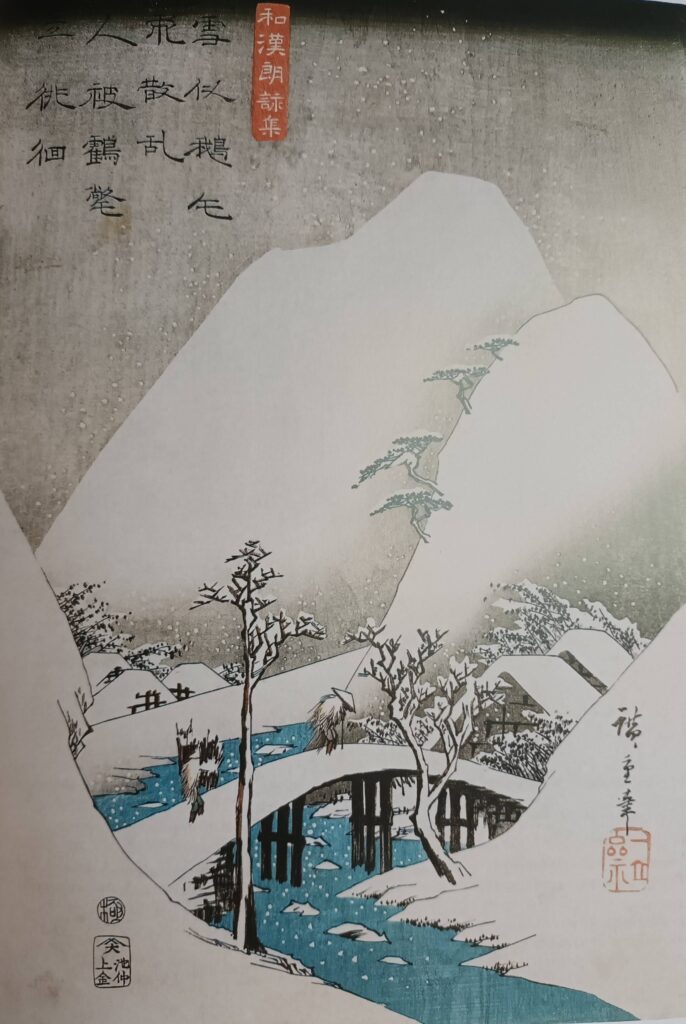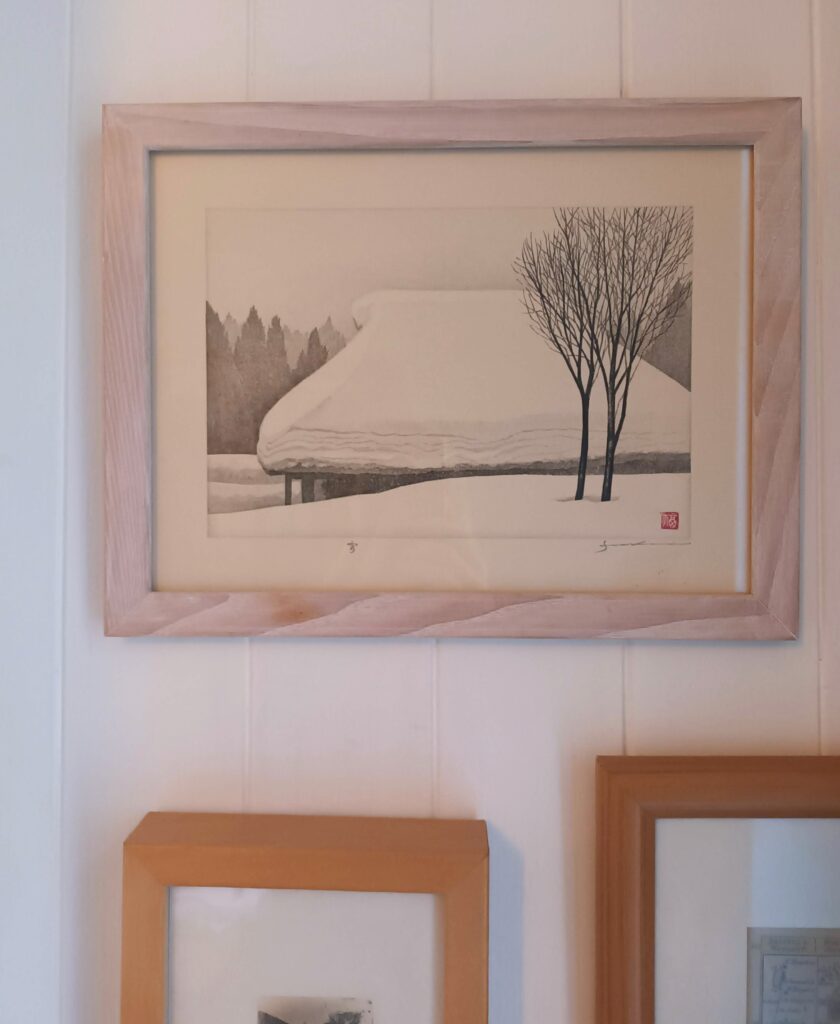It snowed. In March. Almost unheard of in the warmer and wet South West. I spent a few minutes watching it float down from our small, awkwardly shaped patch of sky, out the back, between the rooves, chimneys and drain pipes.
White on white. Actually grey on grey. The more I looked, the more I realised how difficult it was to define what I was seeing. In fact, what seemed like white sky, was actually, thousands, if not millions, of moving snowflakes. The only ones I could differentiate, were those that didn’t reflect the light, or those which passed over dark or very light things.
There is a Carol Ann Duffy Poem that talks about the streetlights ‘lip-reading the snow’, which seemed to me a perfect descriptive sentence. It always seems that something falling so fast and with purpose, should make a sound as it hits the ground. But nothing. Again and again and again. Silence.
A silent white gull glides over my patch of sky. And after, a flurry of black birds, in formation, flying in a bias cut across the sky and snowflakes.
That evening, I got out my book of Hiroshige woodblock prints and wondered how that collection of artists and tools and materials and techniques managed to depict snow so accurately- so you could feel it. Often white flakes on grey bukoshi (soft gradations of tone or colour), or vice versa. One can feel the intense softness of the newly fallen snow and also the cold- signalled by the hunched, insulated bodies that populate the mountain villages and temple complexes.

Perhaps something to do with the incomparable softness and texture of Japanese paper- much of which is left ‘unprinted’ to show voluminous freshly fallen snow or individual snowflakes, or that white that isn’t white, but thousands of flakes.
Perhaps the fact that Japan is an island nation, one that isn’t used to long seasons of snow and ice (at least in the South), so that when it does come, attention and care is paid to it, as with many of the ephemeral markers of time in Japan (think cherry blossom and autumn colour).
One of my favourite pieces of art (that I own) is a small woodblock print, bought in Japan, of a snow-covered roof and landscape. Made, apparently, by a sectegenarian hermit artist, near Takayama. Every time I look at it, I feel the softness and the silence.
